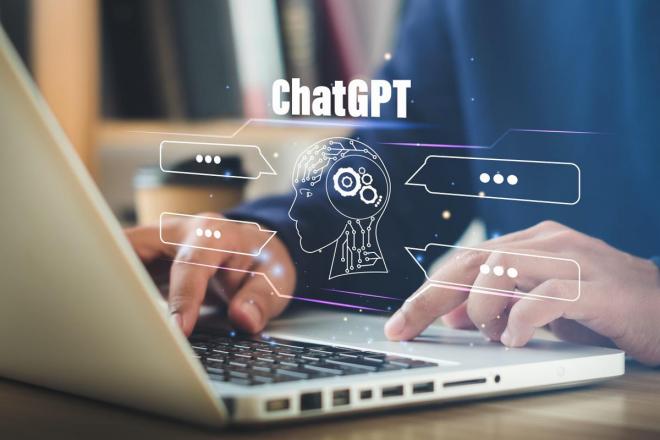Why is ChatGPT giving you the wrong answer?
For an AI that knows so much, it shouldn't be tricky to get the answers you need in ChatGPT, but in reality you always need to go back to Google search. This is probably because of some of the following reasons.

1. Your prompts are too short
Since ChatGPT is a chatbot, you may have a preconceived notion that your prompts should be short and conversational. There's nothing wrong with that, of course, but consider that you may not be providing ChatGPT with enough information for it to provide you with the response you need.
Go deeper into the details and really explain what you want and what you don't want, while painting a broader picture for it.
2. You are not specific
Large Language Models (LLMs) like ChatGPT contain an unimaginable amount of knowledge and data, which makes it difficult to provide you with the output you really want if your questions are too broad.
For example, these prompts are so vague as to be useless:
"Tell me a little bit about history."
"What can you tell me about the future?"
"What are some good books to read?"
"What should I do with my life?"
"How can I be more productive?"
Instead, you should use prompts such as:
"Tell me about the causes and consequences of World War II."
"What are the latest advances in space exploration and how do they pave the way for future discoveries?"
"What are some thought-provoking books about artificial intelligence?"
"How can I identify my personal values and align them with my professional goals?"
"What are some practical ways to overcome procrastination and stay focused on my goals?"
By asking specific questions, you will get better responses, and in most cases, the more specific you get, the better the response will be.
3. Ambiguous prompts
An ambiguous prompt is a prompt that can be interpreted in multiple, equally valid ways. Sometimes it is a matter of the logic or wording of your prompt, but in most cases it is simply because you are asking a question with so many answers that it is difficult for ChatGPT to know which answer you are really looking for.
For example, if you ask "What is the best way to cook chicken?" ChatGPT has to grapple with the different ways of "best".
But if you narrow it down to "What's the best way to make chicken for diabetics?" you'll be focusing on what you really need.
4. Lack of context
Ambiguous prompts are mostly due to a lack of context, but almost any type of ChatGPT prompt can benefit from adding more context. ChatGPT is highly sensitive to contextual prompts, so the more context you provide, the better your results will be.
You can actually see this clearly when asking for things like writing outlines. If you ask for an outline for a blog post, you'll get very different results than if you ask for an outline for a book or academic article.
ChatGPT captures subtle contextual clues, so it's a good idea to get in the habit of detailing and describing what you want using terms and keywords that provide clues to the software about what you're trying to get out of it.
5. It doesn't have the right information
While LLMs like ChatGPT have a lot of data to work with, they have clear limits on what they know or can know. In addition to ChatGPT's (current) September 2021 training data limitations, there are a few things it can't know.
You can tell it the facts it needs to know based on your specific situation, or even copy and paste text from the sources you want it to use. This new knowledge will not persist in future chats unless you save them and reintroduce the information.
For the purpose of generating prompts, ChatGPT will "believe" whatever you tell it. Therefore, you need to make sure that any information you provide to it is accurate for your purposes.
Also, don't forget that ChatGPT can make up facts, give you illogical or incorrect information, and generally behave like an unreliable source.
6. You need to talk back and forth
ChatGPT's ability to remember the entire chat history and use it as context to interpret subsequent prompts is one of its most powerful features. It also means you can iterate what you want based on how it responds to you.
Instead of just clicking the "Regenerate Response" button in hopes of getting a better prompt response, you can provide a new prompt that builds on what has already happened in the thread. Here are some examples of follow-up prompts:
"That's fine, but make it less formal."
"No, I mean I want a second-person style."
In fact, you can modify and convert ChatGPT's output in almost any way that can be expressed as language, so take a moment to go back and forth with the software as if you were working with another person and you can quickly refine its output to what you need.
銆怤etwork Security銆戔棌9 popular malicious Chrome extensions
銆怬pen Source Intelligence銆戔棌5 Hacking Forums Accessible by Web Browsers
【News】●AI-generated fake image of Pentagon explosion goes viral on Twitter
銆怰esources銆戔棌The Achilles heel of AI startups: no shortage of money, but a lack of training data
【Artificial Intelligence】●Advanced tips for using ChatGPT-4
【Web Intelligence Monitoring】●Advantages of open source intelligence
銆怤ews銆戔棌Access control giant hit by ransom attack, NATO, Alibaba, Thales and others affected



